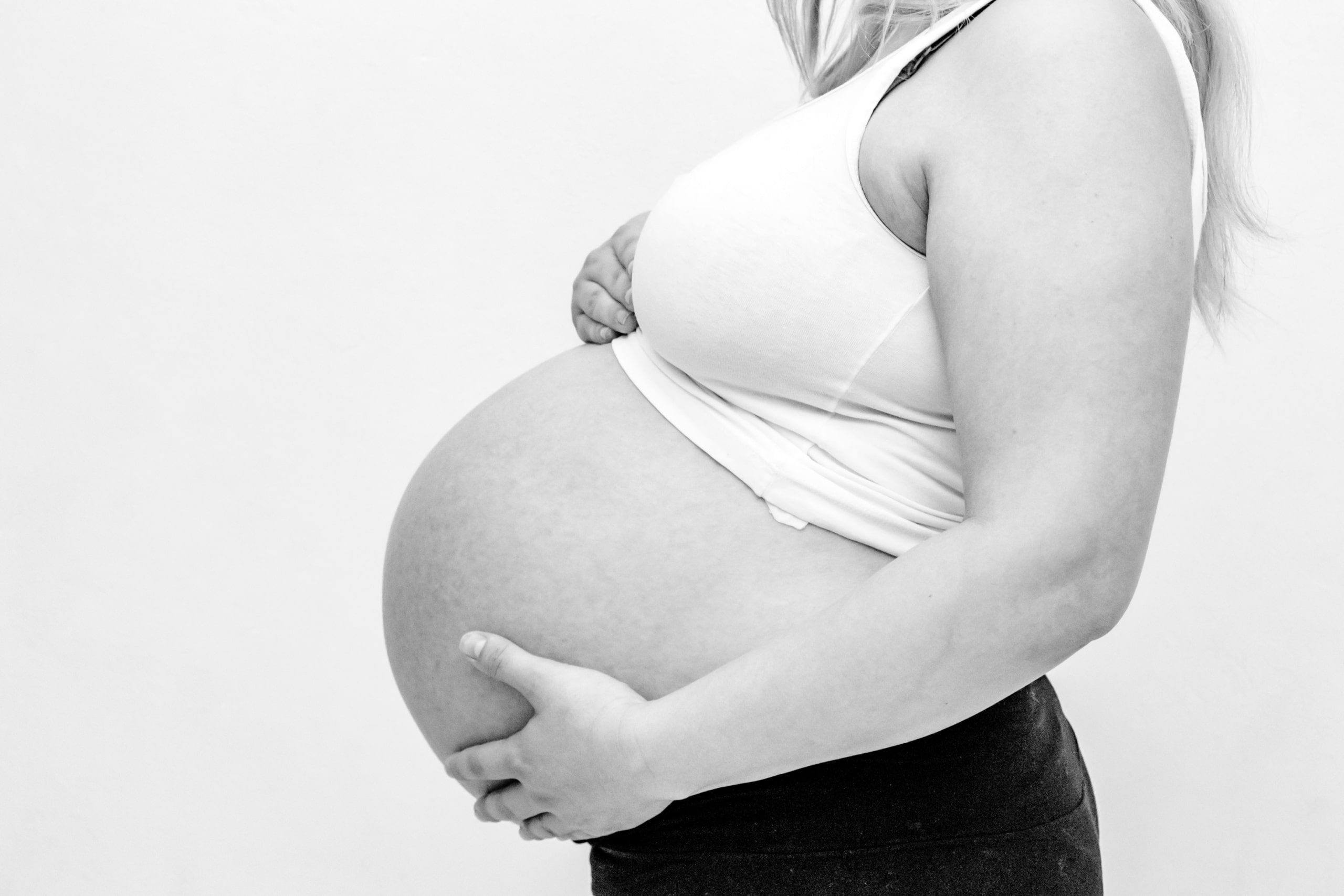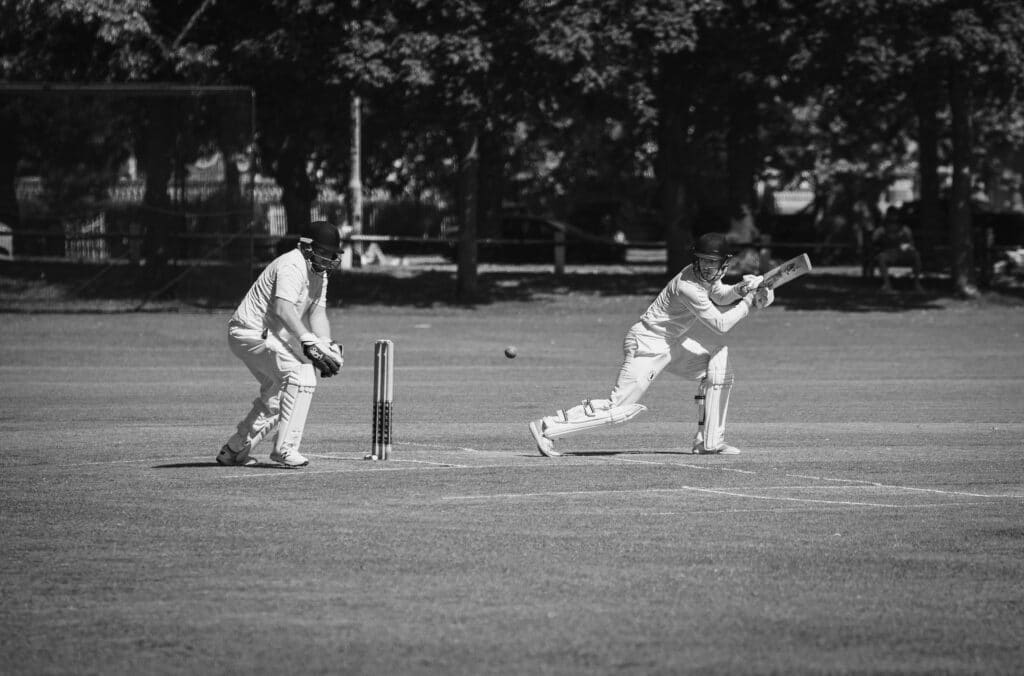How do you fix abdominal separation?
What we’ll cover
- Key insight:
- What is abdominal separation?
- Can abdominal separation heal naturally or does it require intervention?
- Why does abdominal separation happen?
- What exercises and techniques effectively repair abdominal separation?
- Key techniques include:
- Which groups are most affected by abdominal separation?
- Groups at risk include:
- How do you fix abdominal separation?
- How to contract your pelvic floor
- How to contract your transverse adominis (TA)
- How to contract your diaphragm
- FAQs
- Does abdominal separation go away on its own after pregnancy?
- How do I know if I have abdominal separation?
- Is it safe to exercise with diastasis recti?
How do you fix abdominal separation?
Pregnancy and post partum issues commonly include low back and pelvic pain as well as pelvic floor issues including incontinence and in some cases prolapse. Another common occurrence following pregnancy is abdominal separation or diastasis recti. Physiotherapist Laura Scott identifies ways to address this common condition.
Key insight:
- Diastasis recti is common in pregnancy, caused by stretching of the Linea Alba.
- One-third of women still have it 6 months postpartum; it can also affect non-pregnant people.
- Recovery often needs physiotherapy, Clinical Pilates, and targeted core exercises.
What is abdominal separation?
According to Queensland Government, abdominal separation both during pregnancy and post-partum is fairly common. Diastasis recti is the term used to describe the stretching of your Linea alba, a connective tissue that runs longitudinally down your abdomen. The Linea Alba is the attachment point for your rectus abdominal muscle which is your superficial abdominal muscle group.
During pregnancy, connective tissue is stretched anatomically by their expanding uterus and the productive and release of hormones designed to prepare the body for childbirth. Risk factors for abdominal separation have long been disputed and recent studies have found that multiple pregnancies and repeated stretching is the only risk factor for abdominal separation.
A recent study found that at 25 weeks, 100% of the woman assessed have abdominal separation. Whilst this number reduces post-partum, it was found that approximately 1/3 of women still had an abdominal separation at 6 months post child birth.
Can abdominal separation heal naturally or does it require intervention?
For some, abdominal separation may resolve naturally over time, especially when combined with a healthy lifestyle and basic core engagement. However, when diastasis recti persists beyond several months postpartum, intervention is usually recommended.
Physiotherapy, Clinical Pilates, and tailored core strengthening exercises are some of the most common non-surgical methods to address this condition. For severe cases or when conservative treatment fails, surgery may be discussed with your healthcare provider.
Why does abdominal separation happen?
Abdominal separation happens due to a combination of mechanical stress and hormonal changes. During pregnancy, the growing uterus pushes against the abdominal wall, and the Linea Alba is stretched to accommodate this expansion. Hormones like relaxin and estrogen also play a role, softening connective tissues in preparation for childbirth.
Does abdominal separation only occur in pregnancy? While pregnancy is the leading cause, it can also affect men and women who experience obesity, engage in heavy lifting, or have a history of abdominal surgeries.
Grouping risk factors, multiple pregnancies, carrying large babies, poor core strength prior to pregnancy, and rapid weight gain all increase the likelihood of developing diastasis recti.
What exercises and techniques effectively repair abdominal separation?
Rehabilitating your core post-pregnancy is vital for posture, stability, and respiration. A physiotherapist will guide you through a progressive strength program focusing on local stability and isolated contractions before advancing to more functional exercises like sit-ups and planks (when safe).
Key techniques include:
- Pelvic floor activation: Engage by imagining stopping the flow of urine midstream (though avoid doing this too often during urination).
- Transverse abdominis activation: Lying on your back, gently draw your belly button towards your spine while maintaining normal breathing.
- Diaphragmatic breathing: Focus on moving the abdomen, not the chest, with each breath to improve deep core function.
Postnatal Pilates is a highly recommended form of low-impact exercise that safely targets deep stabilising muscles like the transverse abdominis, diaphragm, multifidus, and pelvic floor.
Incorrect exercises, such as sit-ups and crunches performed too early, may worsen abdominal separation by increasing intra-abdominal pressure and straining the Linea Alba.
Which groups are most affected by abdominal separation?
The most commonly affected group is postpartum women, especially those who have experienced multiple pregnancies. According to a study from PMC, Women with abdominal separation often experience physical changes, including a protruding belly that is sometimes mistaken for pregnancy and a feeling of inadequate abdominal organ protection. However, this condition is not limited to mothers.
Groups at risk include:
- Postpartum women: Particularly those with twins or large babies.
- Men and women with obesity: Excess abdominal fat places pressure on the abdominal wall.
- Athletes and weightlifters: Improper heavy lifting techniques can overstretch the connective tissues.
Comparison-wise, postpartum women face higher risk due to hormonal and physical changes, whereas obesity and occupational strain increase risk for other demographics.
How do you fix abdominal separation?
Rehabilitating your core post-pregnancy is an important step. Our core is integral for posture, stability and even respiration. Your physiotherapist will work with you through a progressive strength program focusing on local stability and isolated contraction before advancing to sit-ups and more functional exercises. Local stability will look to work on your transverse abdominal muscle, multifidus, diaphragm and pelvic floor muscles.
Post natal pilates is a safe form of exercise that can be used to target local stability muscles and overall strength and fitness.
How to contract your pelvic floor
To activate your pelvic floor, you want to imagine as though you were cutting off your urine mid-stream. It’s important not to actually stop the flow of urine too frequently as it can lead to urine retention and further complications.
How to contract your transverse adominis (TA)
Lying on your back, you want to place your fingertips either side of your ASIS (bony hip). Let your fingers rest over the skin whilst you then draw your belly button towards your spine whilst continuing to breathe. You should feel a gentle contraction of the muscle underneath your fingers. Hold for 5 seconds and then relax.
How to contract your diaphragm
Lying on your back with knees bent, place one hand on your chest and the other at the top of your abdomen. Now breathe in order to move the hand that rests over the abdomen.
If you suspect that you have abdominal separation or are wanting a check-up post-partum, it is important to seek professional advice and assessment. Book online or contact our friendly team today.
FAQs
Does abdominal separation go away on its own after pregnancy?
For some women, mild abdominal separation may heal naturally within a few months postpartum. However, for many, especially those with multiple pregnancies, professional intervention such as physiotherapy may be necessary to fully recover.
How do I know if I have abdominal separation?
Common signs include a visible bulge or “doming” along the midline of the abdomen, core weakness, poor posture, and lower back pain. A physiotherapist can assess the severity through a physical examination.
Is it safe to exercise with diastasis recti?
Yes, but it is important to follow a program designed by a qualified physiotherapist or postnatal exercise specialist. Avoid high-strain exercises like sit-ups or heavy lifting early in the recovery process.


